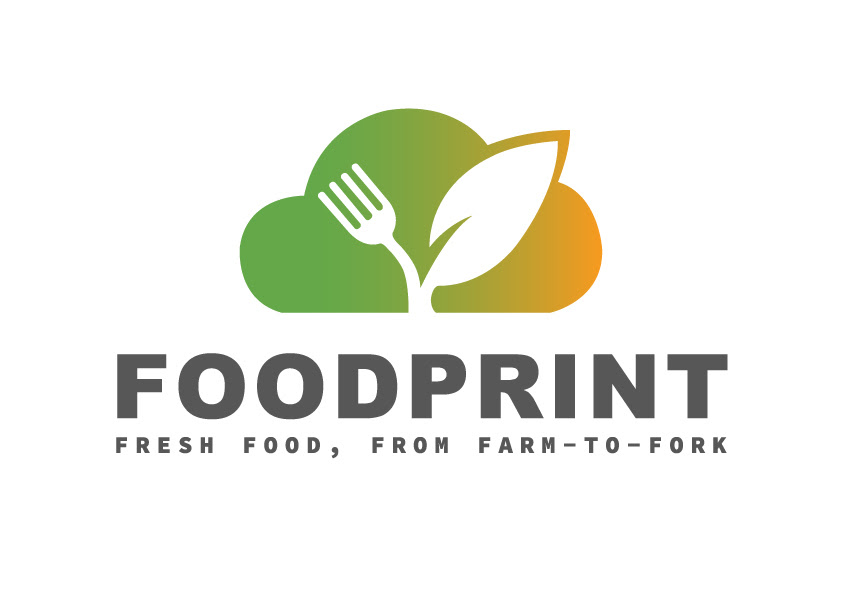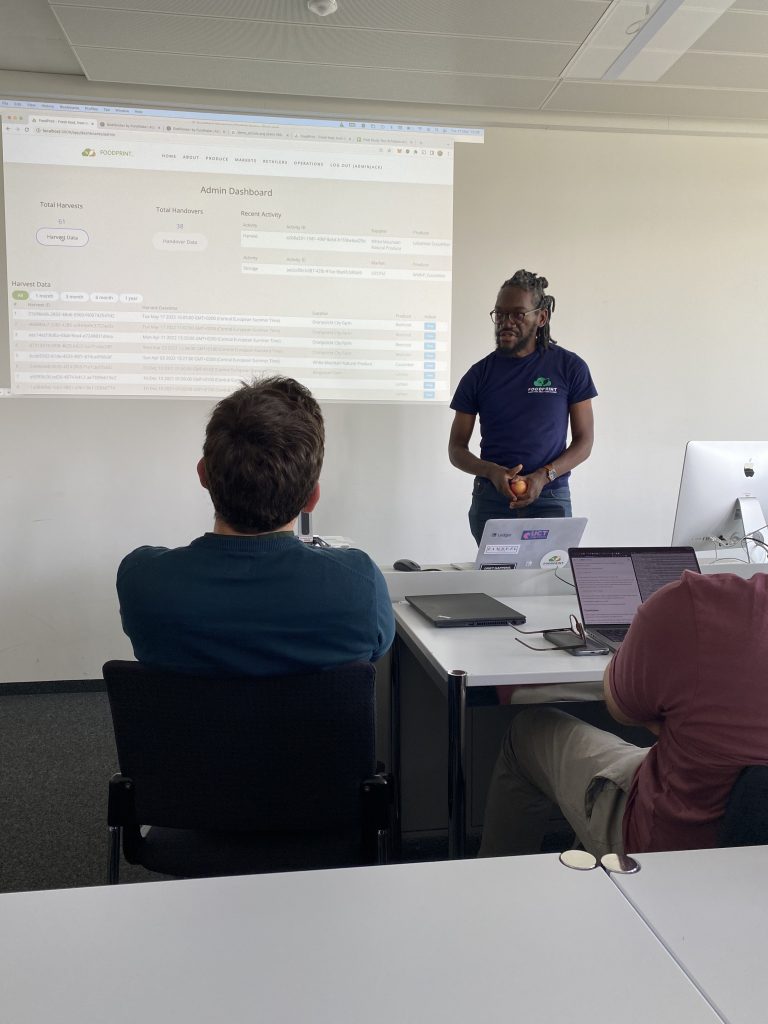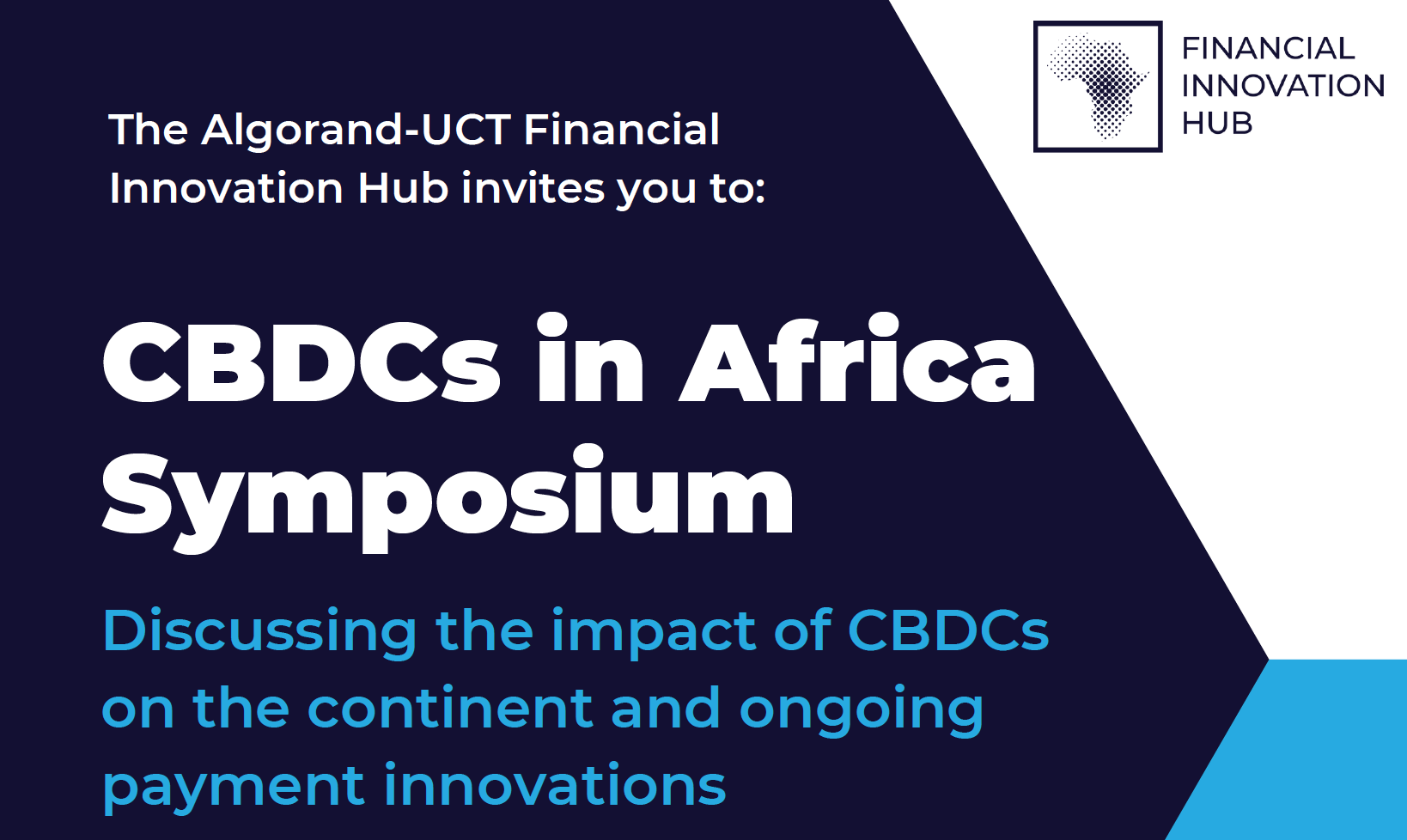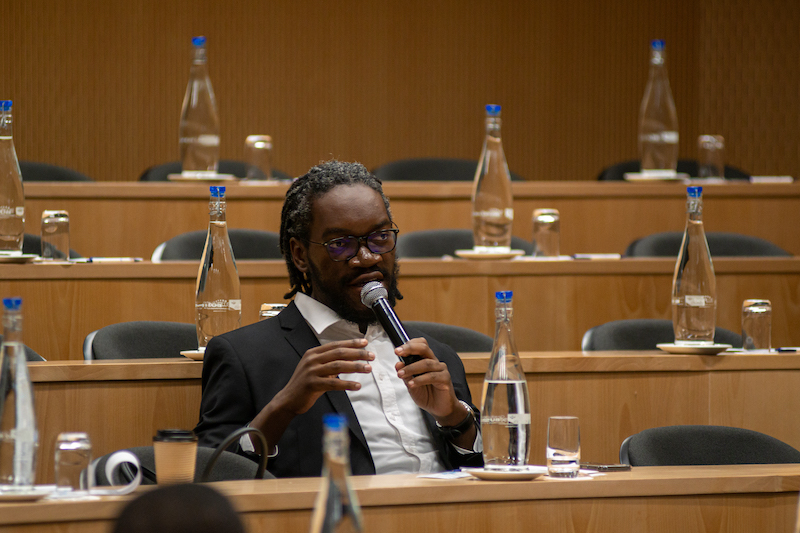Asia Crypto Week is a week where blockchain enthusiasts and industry veterans from around the world get together for a series of independently organised blockchain events. The week is primarily anchored on the world’s premier crypto event – Token2049, and concludes with the F1 Singapore Grand Prix. This year, Asia Crypto Week took place from Monday 26th September – Sunday 2nd September 2022. Thanks to the Algorand Foundation, I had the opportunity to attend the Algorand Tech Talk and the inaugural Algorand Greenhouse Hack Shack – both events held at the Flower Dome in the Marina Bay Gardens.

During the tech talks on the first day, I particularly enjoyed the session on the London Bridge, presented by the team at Applied Blockchain. London Bridge is a secure bridge between the Algorand blockchain and Ethereum blockchain which allows the transfer of tokens between the former and the latter network leveraging the additional security of Algorand state proofs and trusted execution environments (Intel SGX). This was particularly intriguing as data privacy and security is one of the major themes in the FinTech projects I am involved with.
In addition to learning about the London Bridge, I also enjoyed learning about the AlgoKit which is a productised version of developer tools for Algorand that will be released in the next few months. AlgoKit, whose tagline is “a single tool to go from concept to mainnet” will have tools that include a command line tool for initiating and managing projects, a one-click network simulator and a VS code plugin etc (similar to Truffle, Ganache and the VS Code solidity plugin by Juan Blanco if you familiar with the Ethereum ecosystem).
All in all, it was great to network with peers and investors, listen to talks from technology leaders and get my hands dirty during the hack shack workshops.
 Outside of the Algorand events, I got to network with some of the TOKEN2049 crowd, enjoy the views from the top of the Marina Bay Sands and capped of the weekend with the F1 Marina Bay Night Race which did not disappoint.
Outside of the Algorand events, I got to network with some of the TOKEN2049 crowd, enjoy the views from the top of the Marina Bay Sands and capped of the weekend with the F1 Marina Bay Night Race which did not disappoint.


 The FoodPrint team is growing, and in particular, our tech team is firing on all cylinders. We have an immediate need for a Community Manager – someone with expertise in agriculture, connections to farmers and cooperatives, entrepreneurship and community building. In addition, we are also seeking to partner with more AgriHubs/food cooperatives and bulk produce buyers/retailers – we would like them to hop on board as early adopters of our platform. If you can assist with either, drop us an email
The FoodPrint team is growing, and in particular, our tech team is firing on all cylinders. We have an immediate need for a Community Manager – someone with expertise in agriculture, connections to farmers and cooperatives, entrepreneurship and community building. In addition, we are also seeking to partner with more AgriHubs/food cooperatives and bulk produce buyers/retailers – we would like them to hop on board as early adopters of our platform. If you can assist with either, drop us an email  At the end of 2021, we started work on our WhatsApp chatbot, and I am excited to say that we are almost ready to pilot this. Using our low-tech WhatsApp chatbot, farmers can register to the FoodPrint platform, and everytime they harvest and sell produce, they record this on the chatbot – creating a digital record (anchored on the blockchain) that links them to potential buyers and finance service providers (in future). The WhatsApp chatbot will be free
At the end of 2021, we started work on our WhatsApp chatbot, and I am excited to say that we are almost ready to pilot this. Using our low-tech WhatsApp chatbot, farmers can register to the FoodPrint platform, and everytime they harvest and sell produce, they record this on the chatbot – creating a digital record (anchored on the blockchain) that links them to potential buyers and finance service providers (in future). The WhatsApp chatbot will be free The FoodPrint platform also supports product-specific QR Codes for consumers to scan, and read the claims or the story behind the food they are buying or about to consume. Here is an example – scan with your mobile device – and see what a provenance record looks like.
The FoodPrint platform also supports product-specific QR Codes for consumers to scan, and read the claims or the story behind the food they are buying or about to consume. Here is an example – scan with your mobile device – and see what a provenance record looks like. We have partnered with PEDI AgriHub in Philippi Cape Town, and are piloting a fresh produce harvest box in the Southern Suburbs of Cape Town! We are especially excited about this as this is an immediate way for us to add value to local farmers and provide the farmers they support with market access. The harvest box contains fresh, quality seasonal produce. If you would like to purchase a weekly fresh produce box, you can get in touch
We have partnered with PEDI AgriHub in Philippi Cape Town, and are piloting a fresh produce harvest box in the Southern Suburbs of Cape Town! We are especially excited about this as this is an immediate way for us to add value to local farmers and provide the farmers they support with market access. The harvest box contains fresh, quality seasonal produce. If you would like to purchase a weekly fresh produce box, you can get in touch  And lastly, last month, I had the opportunity to share how FoodPrint is bringing blockchain technology to food supply chains in sub-Saharan Africa at a blockchain workshop in Zurich, arranged by the
And lastly, last month, I had the opportunity to share how FoodPrint is bringing blockchain technology to food supply chains in sub-Saharan Africa at a blockchain workshop in Zurich, arranged by the 


